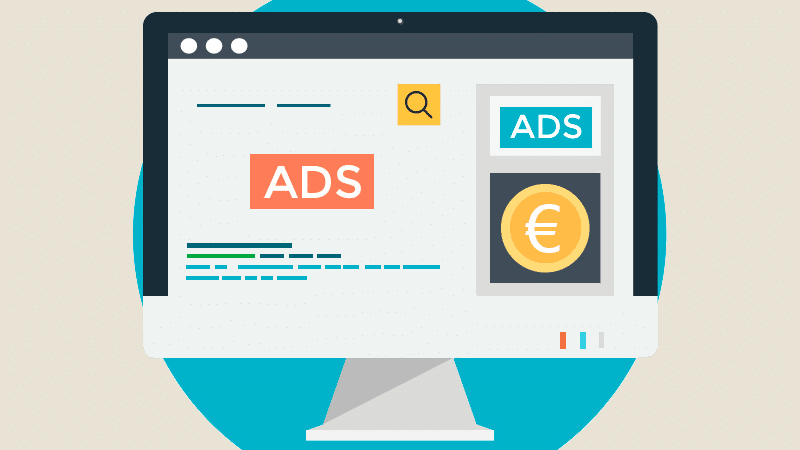Top Website Design Software: Choosing the Right Tool for Your Needs

Introduction
In today’s digital age, having an engaging and functional website is vital for businesses, individuals, and organizations. The process of designing a website has become easier and more efficient thanks to innovative design software. But with so many options available, how do you determine which website design software is best for you? This article will explore the top website design tools, their features, and how to choose the right one for your needs.
Why Website Design Software Matters
Website design software is the backbone of creating visually appealing and user-friendly websites. It provides tools that allow designers to build layouts, add content, and optimize functionality. The right software can:
- Enhance Creativity: Empower designers with tools to experiment with colors, fonts, and layouts.
- Save Time: Streamline the design process with templates and drag-and-drop functionality.
- Improve Collaboration: Facilitate teamwork with features for real-time editing and feedback.
Top Website Design Software Options
1. Figma
Figma is a cloud-based design tool popular among web designers for its versatility and collaboration features. It allows you to create wireframes, prototypes, and responsive designs all in one platform. With real-time collaboration, Figma is ideal for teams working remotely. Its intuitive interface and free plan make it accessible to both beginners and professionals.
Key Features:
- Cloud-based for easy access
- Real-time collaboration
- Vector-based design tools
- Free and paid plans available
2. Adobe XD
Adobe XD is a go-to software for creating interactive and responsive website designs. It offers tools for prototyping, wireframing, and creating high-fidelity layouts. Adobe XD integrates seamlessly with other Adobe Creative Cloud tools, making it a favorite for designers who use Photoshop or Illustrator.
Key Features:
- Prototyping and animation capabilities
- Integration with Adobe Creative Suite
- Grid and layout tools for responsive design
- Free version with advanced features in paid plans
3. Webflow
Webflow bridges the gap between web design and development. It’s a no-code platform that allows you to design, build, and publish websites directly within the tool. Webflow is perfect for designers who want complete control over their websites without relying on developers.
Key Features:
- Visual design and development
- Hosting and publishing included
- Responsive design tools
- Free plan with premium features in paid plans
4. WordPress with Elementor
WordPress is one of the most widely used website platforms, and Elementor enhances its functionality with drag-and-drop design capabilities. This combination is perfect for users who prefer a CMS but want the flexibility of a visual design tool.
Key Features:
- Drag-and-drop editor
- Pre-designed templates
- Customizable widgets and elements
- Free and paid versions available
5. Canva
Canva is a beginner-friendly platform that offers tools for simple website designs. While it’s primarily known for graphic design, Canva’s website design features are ideal for small projects or landing pages. It’s perfect for users with no technical background.
Key Features:
- Drag-and-drop functionality
- Pre-built templates
- Integration with graphics and illustrations
- Free plan with a premium version
6. Sketch
Sketch is a Mac-exclusive design tool known for its intuitive interface and robust features. It’s widely used by professionals for creating website layouts, wireframes, and prototypes. While Sketch doesn’t have built-in collaboration like Figma, it offers plugins for team workflows.
Key Features:
- Vector-based design
- Extensive plugin library
- High-fidelity layouts
- Paid subscription model
7. Wix
Wix is a popular website builder that combines design and functionality in a user-friendly platform. It offers a drag-and-drop editor, making it easy for beginners to create professional-looking websites without any coding knowledge.
Key Features:
- Drag-and-drop builder
- Hosting included
- Hundreds of templates
- Free plan with advanced options in paid plans
How to Choose the Best Website Design Software
When deciding which software is best for you, consider the following factors:
- Skill Level: Beginners should opt for intuitive tools like Canva, Wix, or WordPress with Elementor. Professionals may prefer Figma, Adobe XD, or Sketch for advanced features.
- Budget: Free options like Figma and Canva are great for those on a budget. If you need premium features, Adobe XD and Webflow offer paid plans.
- Collaboration Needs: For team projects, tools like Figma and Webflow offer real-time collaboration.
- Functionality: Advanced features like prototyping, animations, and responsive design are available in Adobe XD and Webflow.
Conclusion
Choosing the right website design software depends on your needs, skill level, and project goals. Whether you’re a beginner looking for an easy-to-use tool or a professional designer seeking advanced features, platforms like Figma, Adobe XD, and Webflow have you covered. Explore the options listed above to find the perfect fit and start building stunning, functional websites today.




